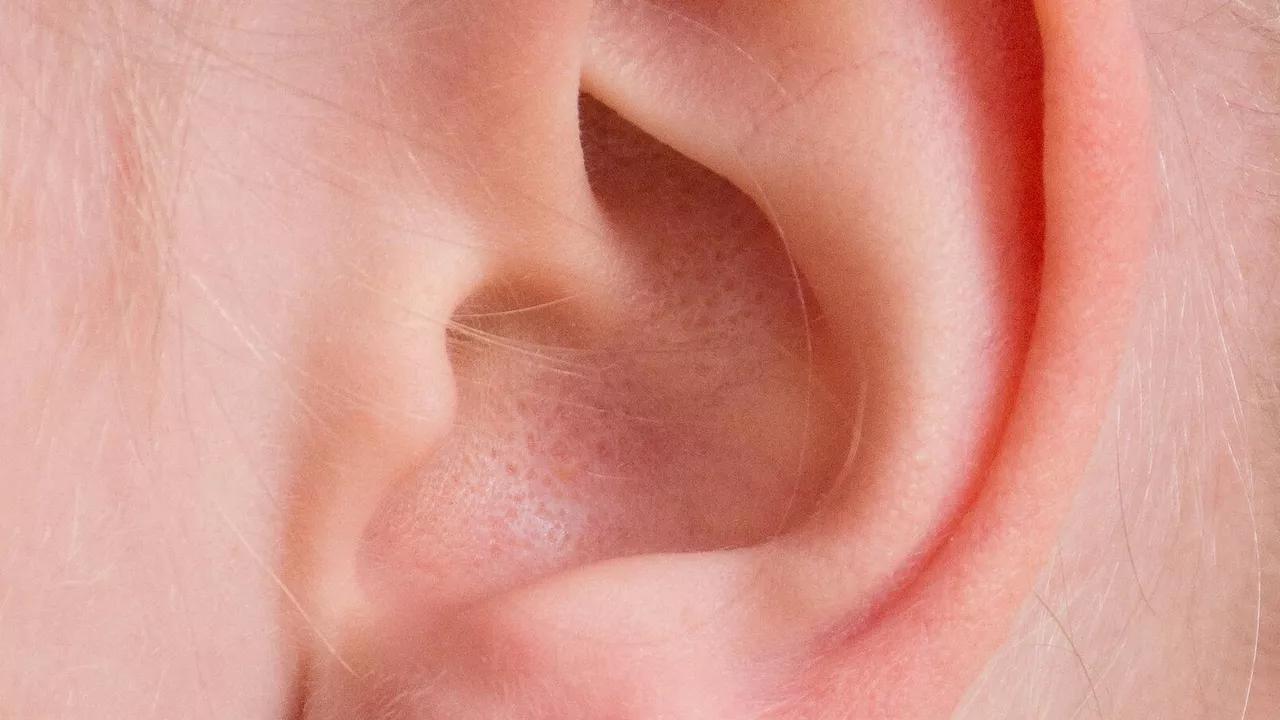Africa-Press – Liberia. The discovery was made thanks to the two fossils, both of which are over 400 million years old, that were found in China. A new study conducted by scientists from Chinese Academy of Sciences’ Institute of Vertebrate Paleontology and Paleoanthropology (IVPP), the Uppsala University in Sweden and the University of Bristol in the UK sheds new light on the evolution of a particular part of vertebrates’ anatomy.
As phys.org notes, while researchers have already established via fossil and embryonic evidence that the human middle ear evolved from the fishes’ spiracle, the origin of the vertebrate spiracle remained an “unsolved mystery in vertebrate evolution”.
The team behind the new research, however, has apparently managed to tackle this issue thanks to the discovery of a 438-million-year-old Shuyu 3D braincase fossil and the first 419-million-year-old galeaspid fossil in China.
Virtual endocasts of the Shuyu braincase lay bare the details of its cranial anatomy, “including five brain divisions, sensory organs, and cranial nerve and blood vessel passages in the skull”, the media outlet adds.
For More News And Analysis About Liberia Follow Africa-Press






